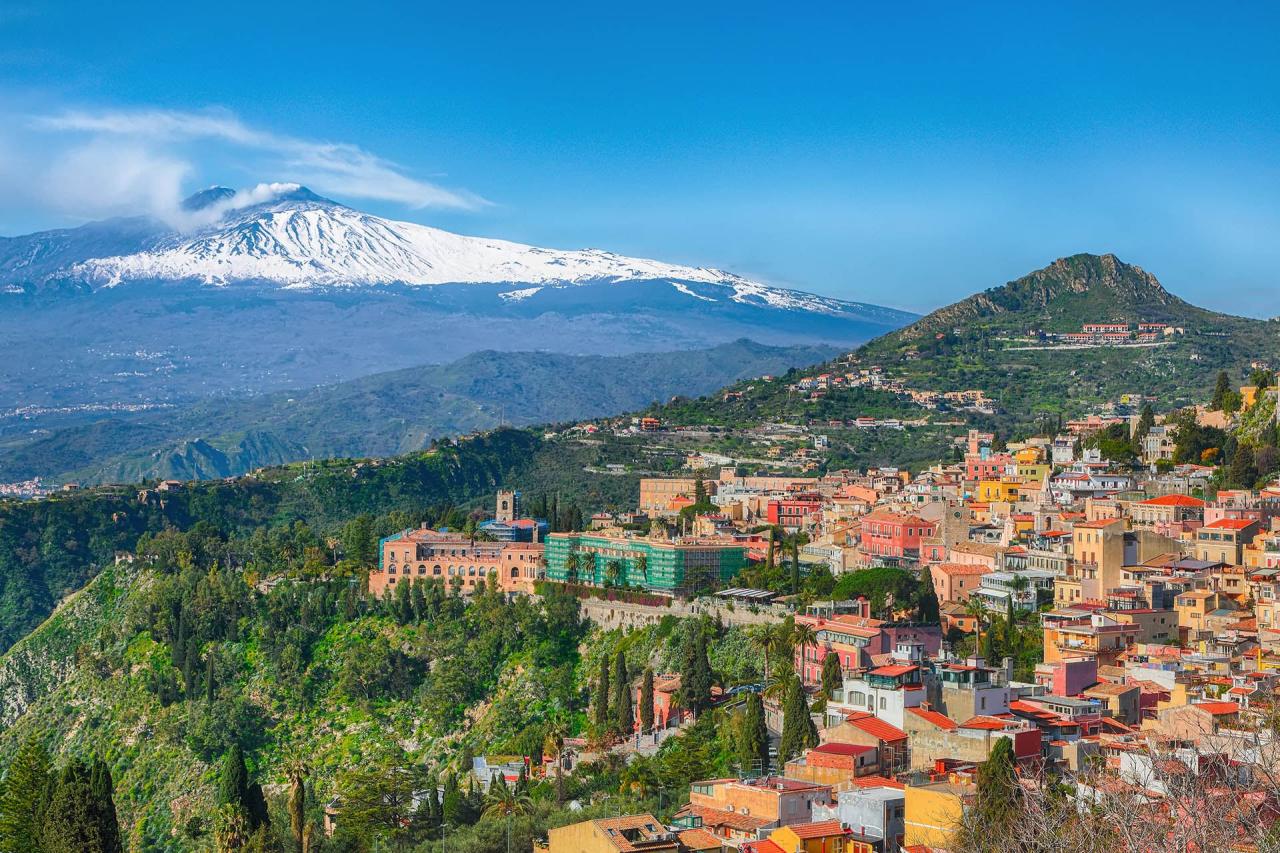But the real fortune of Sicilian wine came in 1773 thanks to John Woodhouse, a young Englishman who contributed to the birth of Marsala, one of the most famous and important wines in Italy, a historical competitor on the Sherry and Port market.
After the decline in exports due to phylloxera, the restoration of vineyards in Sicily was only completed in the 1950s. For years, however, Sicilian winemakers have opted for high yields, producing large quantities of high alcohol wines sold in the Northern regions to reinforce the color and body of the finest wines.
But, as it happened in many Italian regions, during the 1970s, thanks to the modernization of production techniques, and the rediscovery of native vines, the production of wine has undergone an upward push in terms of quality, and today Sicily is able to offer wines of the highest level.
Get updates on the latest posts and more from Wine Bugle straight to your inbox.
Main grape varieties
The ampelographic heritage of the island is quite interesting and the efforts made in the last 40-50 years have made it possible to re-evaluate many of the island's native vines.
The most famous of them is the red Nero d'Avola. This humble grape characterized by intense fruit and splendid aromas of Mediterranean scrub and eucalyptus, has become the most popular Sicilian red wine. Blended with the other native Frappato, Nero d'Avola, it is the basis of the only DOCG wine of Sicily, Cerasuolo di Vittoria. Among the other native red berried grapes, two of the most interesting are Nerello Cappuccio and Nerello Mascalese, both used for the blend of Etna Rosso, the beautiful red wine produced in the lands of Catania, under the homonymous volcano.
As for the most common white berried grapes in Sicily, the primacy goes to Catarratto and Inzolia. Not only they are both protagonists in the production of Marsala, but they are also vinified in purity, giving excellent dry wines.
But the white grape that is probably enjoying the most success is Zibibbo (the local name for Moscato d'Alessandria), thanks also to the revaluation of the passito wines of Pantelleria, today considered among the best in Italy in this category. Other native white varieties are Carricante, Grecanico, Grillo, Malvasia di Lipari, and Moscato Bianco.
The ubiquitous Sangiovese, Barbera, and Trebbiano Toscano and some international grapes such as Chardonnay, Cabernet Sauvignon, Merlot, Pinot Nero, and Syrah are also grown in the region.
Terroir and wine regions
With the exception of the Sicilian Apennines and the Etna volcano, Sicily is characterized by a predominantly hilly area. The terroir is naturally influenced by the volcanic nature of the soils, particularly around Etna, but also by a variety of climates and vines that create very characteristic wines. Thanks to the dry and hot winds coming from the Sahara that strongly limit the onset of humidity-related diseases, this island is particularly suited to organic viticulture.
Sicily has only one DOCG, that of Cerasuolo di Vittoria. A fresh, fragrant, and full wine, with fruity notes and floral reminiscences that originates in the province of Ragusa from vineyards lying on sunburnt land and refreshed by the Mediterranean breeze coming from the sea.
The Etna DOC, regarded as one of the most representative Sicilian wine regions, is in the province of Catania. Here, the vineyards located on the slopes of the volcano produce both white and red wines with strong mineral character and extraordinary longevity.
The province of Trapani represents more than half of the Sicilian vineyards and includes various interesting denominations such as Delia Nivolelli DOC, Erice DOC, and Salaparuta DOC. But the most important area is certainly that of the production of Marsala DOC, a fortified wine based on Grillo, Catarratto, Ansonica (locally called Inzolia), and Damaschino grapes for the Gold and Amber versions; Perricone, Nero d'Avola, and Nerello Mascalese for the Ruby version. Marsala wine comes in different styles but they all carry the sunshine and warmth of the Mediterranean flavors with notes of dried figs, carob, almonds, tobacco, walnut husk, and even black olives.
The Sicilia DOC designation, which covers the entire island and its archipelagos, was established in 2011 to promote and preserve the island's native vines, raise awareness of the history of the island's wine and safeguard the reputation of the Sicily brand in the wine sector.
Best Sicily wines you should try
Cerasuolo di Vittoria, Donnafugata Floramundi
Nerello Mascalese Vigne Vecchie, Calabretta
Duca Enrico, Duca di Salaparuta
Salina Bianco, Colosi
Marsala Superiore Riserva 10 Anni, Marco De Bartoli

